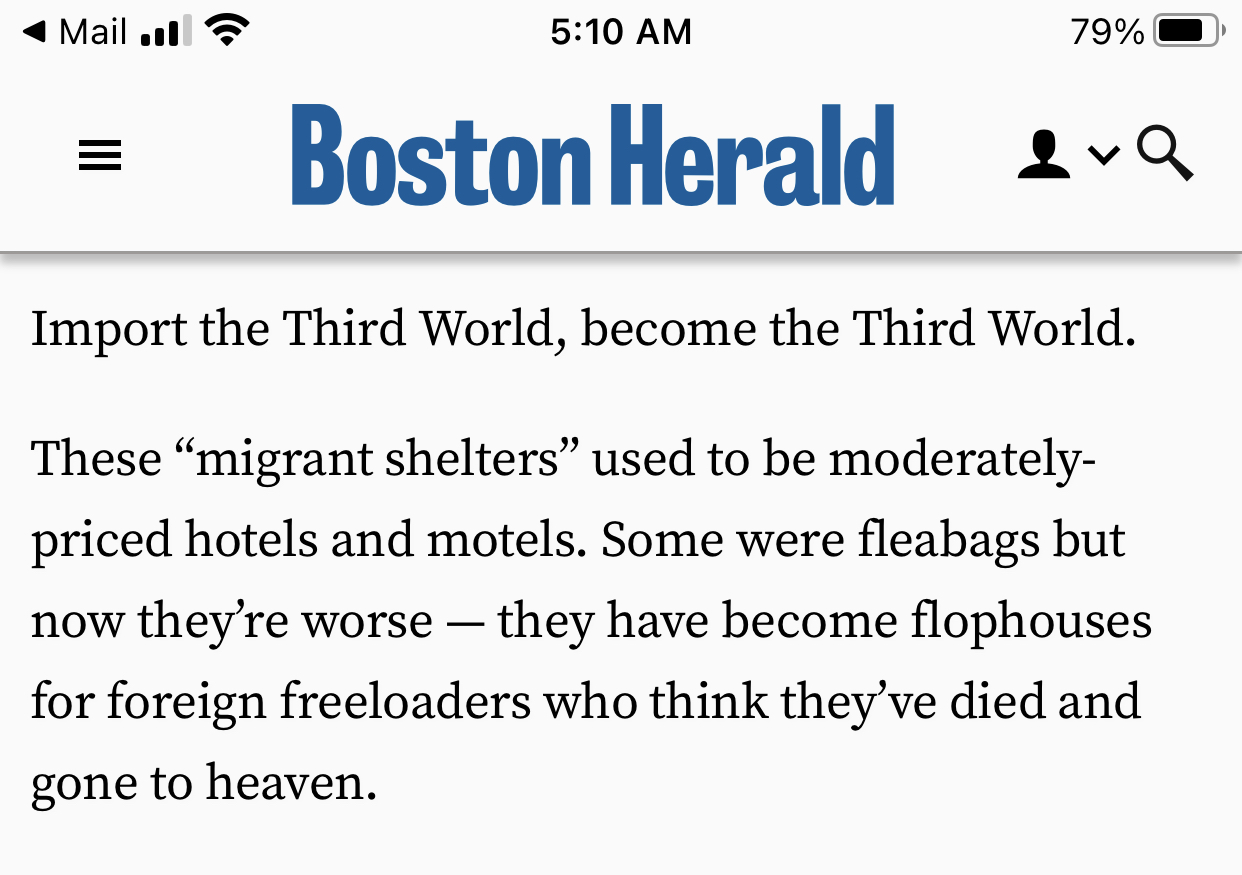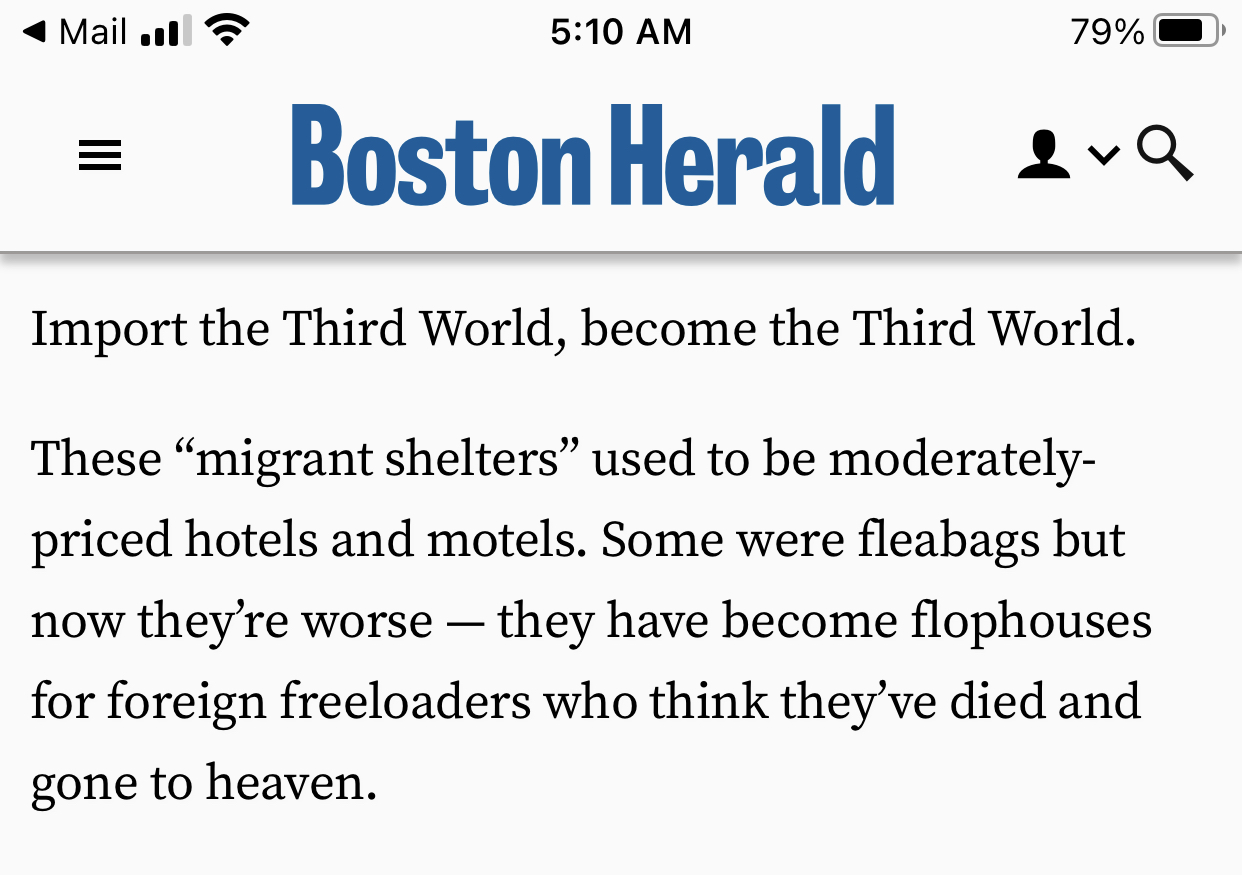Back in 2020, this site published an item describing the lawyers working on behalf of Black Lives Matter. Now is the time for a current update.
As recently as 2023, Fox News had an item about the National Lawyers Guild and their representation of ANTIFA. In part:
Two activists arrested Sunday on domestic terrorism charges for the “Cop City” terror attack in Georgia have links to the National Lawyers Guild (NLG), a radical left-wing legal group that defends Antifa extremists and provides support and training to activists involved in and arrested for protest actions.
The NLG has a history of supporting controversial movements, some of its past members later boasted affiliations with militant groups, and it explicitly supports abolishing police and prisons.
The Atlanta Police Department named the 23 activists it arrested for domestic terrorism on Monday after a protest of the proposed 85-acre Atlanta Public Safety Training Center, labeled by opponents as “Cop City,” turned into a violent assault on law enforcement. The individuals arrested conducted a coordinated attack on construction equipment and police officers at the site east of Atlanta, using large rocks, bricks, Molotov cocktails and fireworks.
Among those arrested was Georgia-based Southern Poverty Law Center (SPLC) staff attorney Tom Jurgens, who the SPLC identified as a legal observer for the NLG. North Carolina resident James Marsicano, who goes by “Jamie” and identifies as a “White trans femme organizer,” was also arrested. Marsicano, a past organizer for Charlotte Uprising, a group that fights for a “world without police or prisons,” was previously arrested for assaulting a police officer in 2020 following the death of George Floyd. He also has ties to the NLG.
Now, today with the massive and violent protests on college campuses….just why are there so few arrests, such reticent in real prosecutions and capitulation? Enter once again the NLG.
The Biden administration has several members of the NLG in official positions. Shocker? Yeah not so much.
Then my friend Sam Faddis published a very recent summary on NLG. Hatip good sir.
In part: Social media documented the presence during the occupation and clearance of a number of legal “observers” from a group called the National Lawyers Guild (NLG). They were there to intercede on behalf of the folks illegally occupying a public space. The NLG opposed the formation of NATO. It opposed the Truman Doctrine which committed the United States to opposing the spread of Communism. It pushed for cooperation between the United States and the Soviet Union.
In the years since, the NLG has consistently been identified with groups that seek to overthrow the existing social order and impose a revolutionary Communist government on the citizens of the United States. NLG attorney William Kunstler wrote in 1975 that “the thing I’m most interested in is keeping people on the street who will forever alter the character of this society: the revolutionaries.” A number of NLG members were connected to the Weather Underground, a domestic terrorist organization that carried out at least 25 bombings in the United States in the 1970s.
Beginning in the 1970’s the NLG increasingly began to forge connections to the foreign enemies of the United States. NLG delegations have since traveled to Vietnam, China, Iran, Guatemala, Southern Africa, Chile, the West Bank, and the Gaza Strip.
The NLG has consistently opposed the state of Israel. In May 2021, the NLG’s International Committee released a statement saying “the Zionist settler colonial movement with the support of imperialist powers established the state of Israel.” It asserted “the legal right of Palestinians to resist the colonizing power that seeks to annihilate them,” including through armed struggle.
The day after the October 7, 2023 attacks by Hamas inside Israel, the NLG affirmed “the legitimacy of the right of the Palestinian people to resist” and declared the group’s support for “the people of Palestine in their struggle against the settler colonial state of Israel.” The NLG argued that the terrorist attacks upon civilians were justified and that the terrorists involved were simply “exercising their fundamental and protected right to self-defense and to liberate their land and people from occupation and colonialism.” The Guild called for “all Palestinian and Lebanese resistance organizations” to be removed from the list of U.S.-designated terrorist groups. Read more here.
At least since May of 2021, the NLG has stood firmly to resist the illegal military occupation….as they position it along with the long claims of apartheid and ethnic cleansing of the Palestinians. Now you understand where and how those terms are used and used everywhere including by the Biden White House.
NLG stands with the corrupt government of Venezuela, they fought successfully for the pardon of Chelsea Manning and they provide robust legal services to ‘asylum seekers.
Sigh




